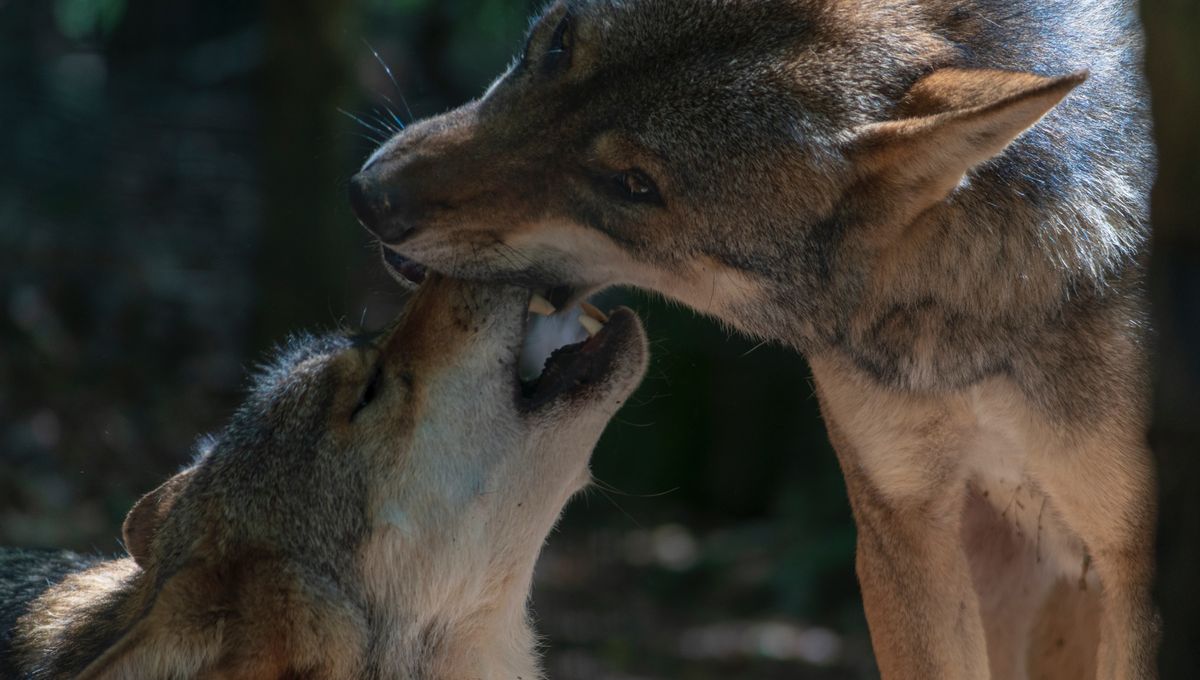
The first wolves to come begging for scraps at a campfire set in motion a chain of events that eventually led to the creation of chihuahuas, pugs, and a range of other un-wolf-like dog breeds. According to one popular theory, this fateful rendezvous between canids and humans took place around 15,000 years ago in a cave in modern-day Germany, although the authors of an as-yet un-peer-reviewed study have now challenged this idea.
Back in 2021, researchers published an analysis of large canid fossils found in the Gnirshöhle cave in southwest Germany. Intriguingly, the bones were located within a site that was occupied by humans during the Magdalenian period, which extended from roughly 16,000 to 14,000 years ago.
This led the study authors to wonder whether the large creatures lived with humans, thus making them the earliest known examples of domesticated canines. Unfortunately, however, neither mitochondrial DNA nor a morphometric analysis of the animals’ teeth could determine whether they were dogs or wolves.
The researchers therefore used isotopic data from the ancient animals’ collagen to try and reconstruct their diet. Noting that they appeared to have consumed less protein than wild wolves, the study authors speculated that the Gnirshöhle canids may have been largely fed by humans.
However, revisiting the analysis presented two years ago, the authors of the new preprint suggest that the original “paper is fundamentally flawed and excluded available relevant data.” For example, they say that the isotopic values presented indicate that the Gnirshöhle wolves could well have consumed the same diet as their wild equivalents.
The issue, they say, is that different wolf populations can have different trophic enrichment factor (TEF) values, which essentially means that they record different isotopic signatures from their prey. To reconstruct an animal’s diet from isotopic data, it’s therefore necessary to know the creature’s TEF.
However, because the correct TEF for the Gnirshöhle wolves is unknown, the study authors say the idea that they were fed by humans requires “a major leap of faith.”
In the final section of their critique, the researchers slam the authors of the 2021 study for making a “tacit assumption” that the Gnirshöhle animals were dogs rather than wolves, despite a complete lack of evidence to support this claim. However, it’s worth pointing out that the original paper never states that the animals were dogs, and the authors were in fact careful to point out that, based on their data, “an assignment of the canids as dogs or wolves cannot be unambiguously performed.”
Thus, while many of the points raised in the new paper do muddy the idea that humans were domesticating wolves at the Gnirshöhle cave, the authors undoubtedly go a little hard in their criticisms. Perhaps they need to call off the dogs.
The unpublished preprint, which has not been validated by peer review, can be found on bioRxiv.
Source Link: First Domesticated Wolves May Not Have Lived In German Cave After All